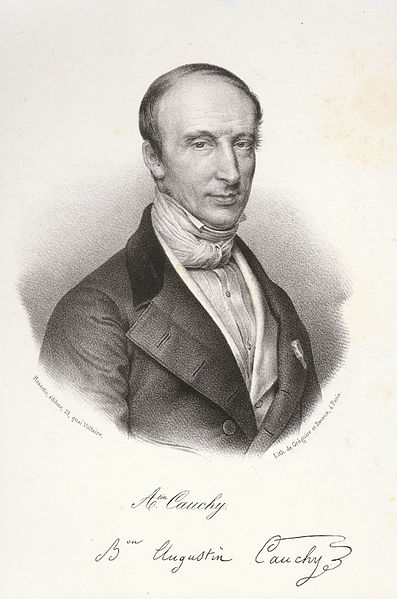
CREATION AND DEVELOPMENT
In the 1800s, Augustin Louis Cauchy, a pioneer in mathematical analysis, studied the stiffness of an “articulated octahedron” which is the ancestor of the hexapod.
In 1949, V. Eric Gough, an engineer at Dunlop in England, advanced in research and built a parallel mechanism to test tires under different loads. A few years later, in 1965, D. Stewart began using a variant of the hexapod for flight simulators.
The robot he built will be renamed in his name the “Stewart platform”, which is also sometimes found under the more correct name of “Gough-Stewart platform”. Over the years, the hexapod has been updated by several engineers (Klaus Cappel, H. McCallion, etc.).
STEWART PLATFORM DYNAMICS
The mechanism is a kinematic structure composed of two platforms and six cylinders. The base platform is fixed while the upper platform and the six cylinders are mobile.
The cylinders are connected to the upper platform by a mobile articulation, the other end of each cylinder is attached to the base by another articulation. All the cylinders are independent of each other and allow the upper platform to be oriented and positioned.
USES
Stewart’s platforms have historically been used in machine tools, tire test benches, maritime research, swell simulation, flight simulators, antenna positioning, terrestrial and space telescopes, orthopedic surgery…
New uses are invented day after day.

